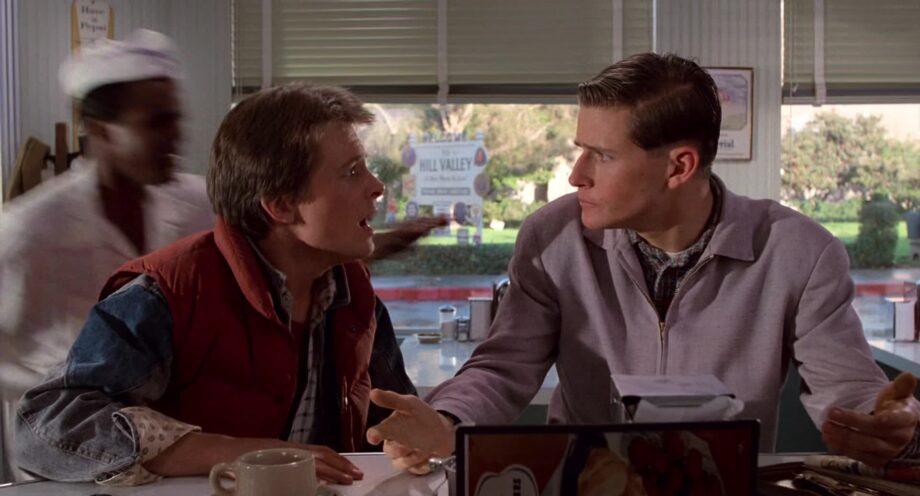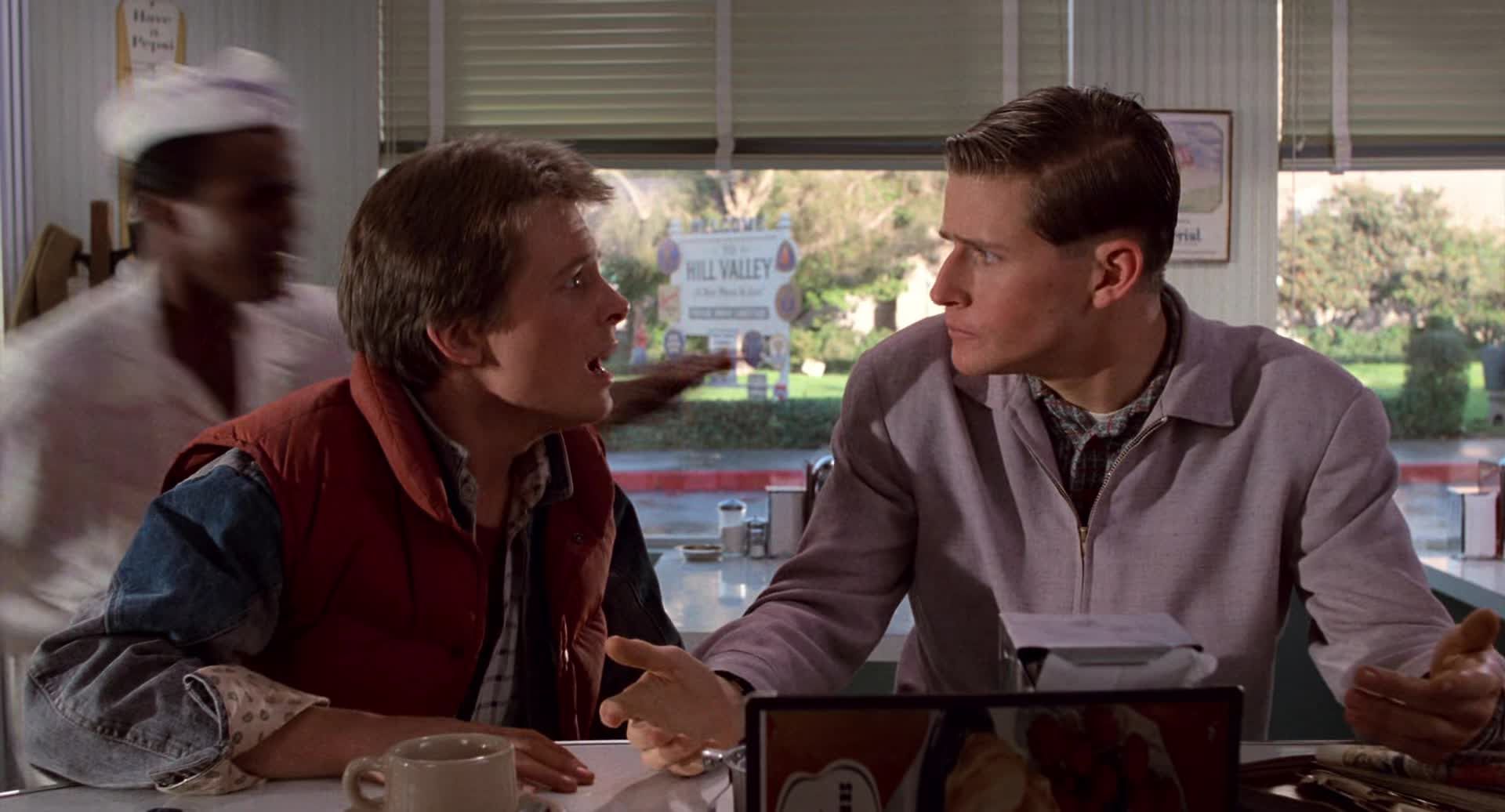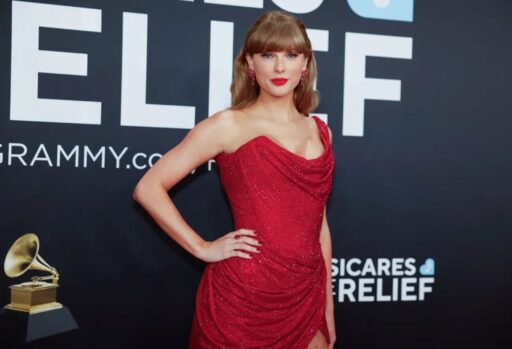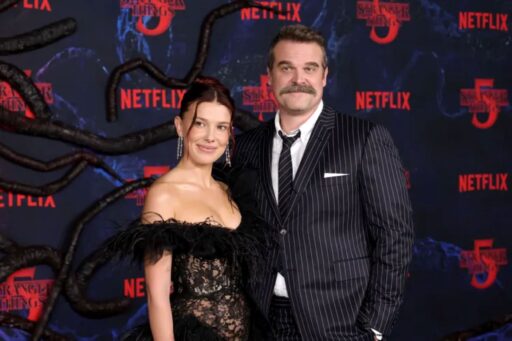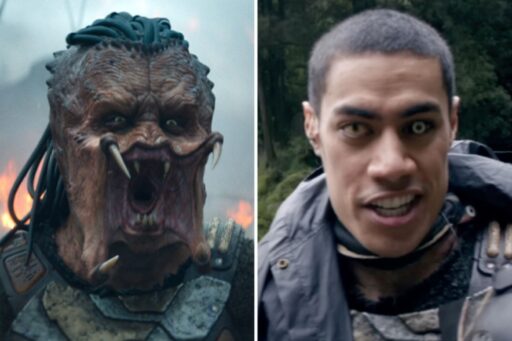In a candid revelation from his new memoir, actor Michael J. Fox has offered a rare glimpse into the unconventional behind-the-scenes dynamics of the 1985 classic film Back to the Future. Fox, who played the quick-witted time traveler Marty McFly, describes the difficulties his co-star Crispin Glover brought to the set, noting that his methods sometimes “created friction.”
Fox writes that there was “no way to prepare for Crispin,” whose distinct approach to acting often tested the patience of both the production crew and the film’s directors. Still, he acknowledges that Glover’s originality made him an intriguing presence during filming.
Key Takeaways:
- Michael J. Fox’s new memoir Future Boy explores his experience filming Back to the Future.
- Fox admired Crispin Glover’s talent but said his unpredictable methods sometimes caused friction on set.
- Glover’s habit of moving off his mark during scenes forced the crew to build a physical barrier around him.
- Fox suggests Glover saw his character, George McFly, as a “wanderer” who moved in random patterns.
- Glover’s absence from the sequels led to a landmark lawsuit over the use of his likeness.
The Unpredictable Nature of George McFly
In Future Boy: Back to the Future and My Journey Through the Space-Time Continuum, the 64-year-old actor dedicates a section to his time working with Glover, who brought what Fox describes as a fascinating but unpredictable energy to the set.
Fox explains that Glover’s commitment to portraying George McFly, Marty’s awkward teenage father, meant following his own interpretation of the character’s mannerisms. That often clashed with the technical realities of filmmaking.
He recalls one particular scene where Glover was asked to stay within a specific spot, or “mark,” between a clothesline and Fox himself. The framing was crucial for the camera, but Glover frequently ignored those boundaries, drifting out of frame. Fox speculates that Glover viewed George as a “wanderer,” someone who “traveled in random patterns.”
Eventually, the crew came up with a rather creative fix. Fox writes that they had to “fabricate a miniature corral made of sandbags and C-stands, trapping Crispin into adhering to the parameters of the shot.” In essence, they built a small physical box around him to ensure he stayed within the frame.
Despite these challenges, Fox emphasizes that he “loved working” with Glover. He praises his co-star’s raw talent, even while admitting that his methods sometimes created friction. Fox notes that Glover’s insistence on remaining true to his interpretation of George McFly was something he couldn’t help but respect.
Crispin Glover’s Absence and the Lawsuit
The tension and unpredictability on set may have been an early sign of what was to come. Glover did not return for Back to the Future Part II (1989) or Part III (1990). According to co-writer and producer Bob Gale, the reason was initially a salary dispute, but Glover later revealed deeper creative differences.
He disagreed with the ending of the first film, feeling that it sent the wrong message by equating happiness and success with material wealth. When the filmmakers decided to use existing footage of Glover and apply prosthetics to another actor, Jeffrey Weissman, to replicate his likeness for Part II, Glover filed a lawsuit.
He ultimately won the case, arguing that his image had been used without his permission or compensation. The outcome of that lawsuit prompted the Screen Actors Guild to establish new regulations around the use of actors’ likenesses, a precedent that continues to shape Hollywood, especially now as digital recreation technology becomes more sophisticated.
Nearly forty years after Back to the Future first hit theaters, Fox’s new memoir offers both warmth and candor about his experience. His reflections reveal how working with someone as singularly driven as Crispin Glover could be both inspiring and, at times, deeply challenging. It’s a reminder that the making of a beloved classic often comes with its share of creative chaos the kind that lingers long after the credits roll.
Related FAQs
Q: Why was Crispin Glover replaced in the Back to the Future sequels?
A: Glover did not return for the sequels due to a combination of factors, including disagreements over his requested salary and his creative/moral objections to the ending of the first film, which he felt promoted materialism.
Q: Did Crispin Glover sue the producers of Back to the Future Part II?
A: Yes, Crispin Glover sued Universal Pictures and Amblin Entertainment after they used his archival footage and prosthetic makeup on another actor (Jeffrey Weissman) to impersonate him in Part II without his permission. He won the lawsuit, which resulted in a legal settlement.
Q: What was the main ‘friction’ Michael J. Fox described with Crispin Glover?
A: The friction stemmed from Glover’s unpredictable, improvisational acting style, specifically his refusal to consistently stay on his required camera marks, forcing the crew to build physical barriers around him during filming to keep him in frame.
